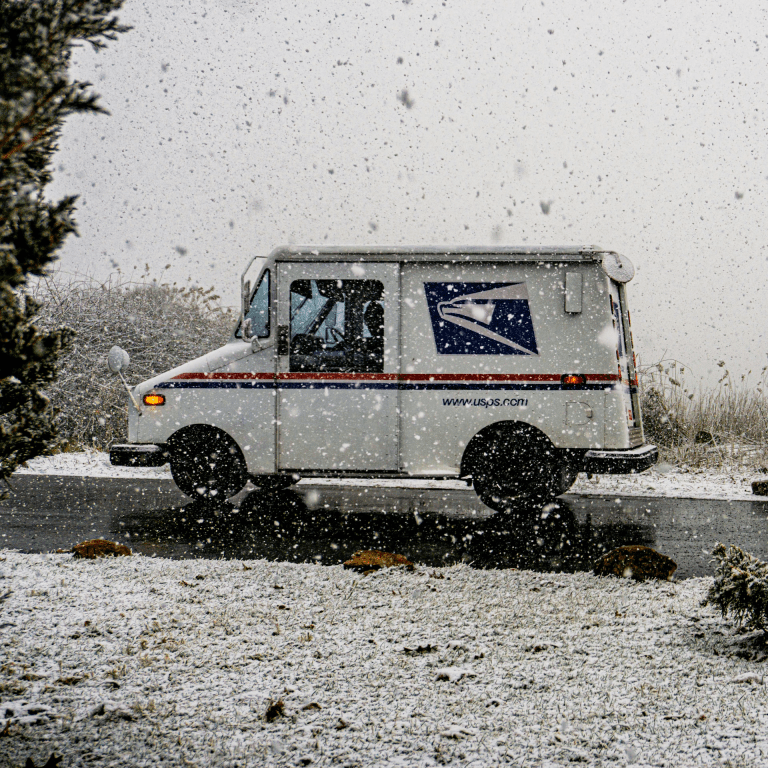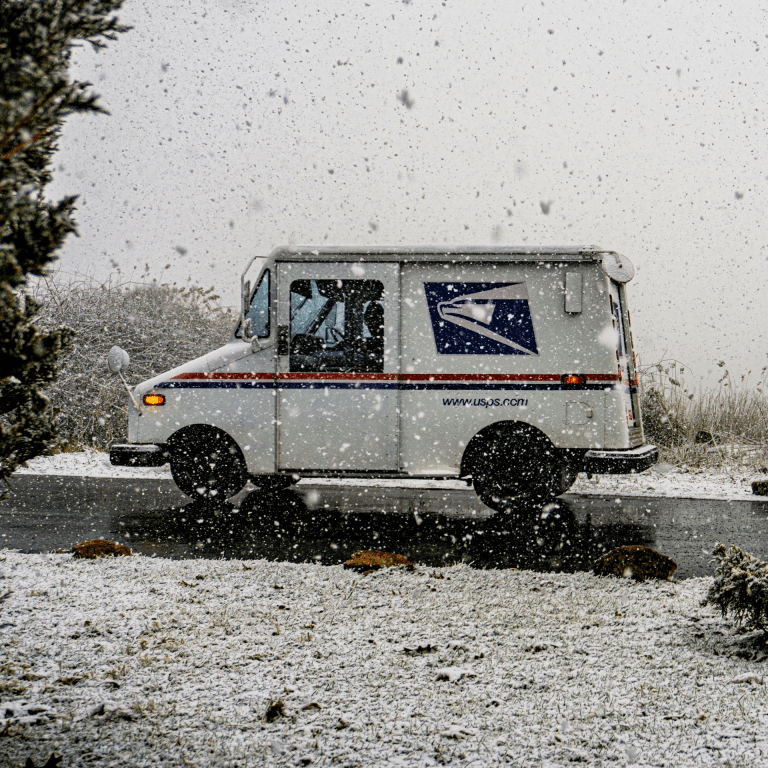Key Takeaways
-
The 2025 changes to Medicare Part D, including the $2,000 out-of-pocket cap, offer important savings but don’t automatically reduce your costs if you’re already enrolled in PSHB with Medicare integration.
-
For Postal Service retirees or workers nearing retirement, evaluating whether your PSHB plan with integrated drug benefits already provides better financial protection is crucial before depending on standalone Part D.
Understanding the 2025 Medicare Part D Rule Changes
Medicare Part D underwent a significant transformation in 2025. The most publicized change is the $2,000 annual cap on out-of-pocket spending for prescription drugs, which replaces the older, more complex structure that included the coverage gap (often called the “donut hole”).
This cap is part of a broader effort to improve affordability for Medicare beneficiaries. But if you’re a Postal Service Health Benefits (PSHB) enrollee—especially one also enrolled in Medicare—there are other layers to consider before assuming you’re saving more.
What Changed in 2025
Here’s what the 2025 update to Part D includes:
-
$2,000 Annual Cap: Once you pay $2,000 out-of-pocket for covered drugs, your Part D plan pays 100% of remaining covered prescription drug costs for the rest of the year.
-
Elimination of the Coverage Gap: The infamous “donut hole” no longer exists. Beneficiaries no longer face higher cost-sharing once they hit a certain spending threshold.
-
Monthly Payment Option: A new program called the Medicare Prescription Payment Plan allows you to spread your out-of-pocket drug costs over the year in monthly installments.
These changes benefit many enrollees—particularly those with high drug expenses—but the savings aren’t uniform across all beneficiaries, especially if you’re already covered under PSHB with integrated Medicare coverage.
PSHB Prescription Drug Coverage in 2025
Postal retirees and eligible employees using the new Postal Service Health Benefits (PSHB) program in 2025 receive prescription drug coverage automatically through an Employer Group Waiver Plan (EGWP) if they’re enrolled in Medicare.
This EGWP operates alongside Medicare Part D but often includes enhanced features such as:
-
Broader pharmacy networks
-
Reduced copayments
-
Waived or lowered deductibles
-
Automatic enrollment and coordination with your PSHB plan
If you’re in a PSHB plan that includes EGWP coverage, you might already be benefiting from better prescription protections than the standalone Part D changes offer.
Are You Actually Saving More Now?
It depends. While the $2,000 out-of-pocket cap is a substantial change for the Medicare landscape, it doesn’t automatically result in lower costs if you were already well-covered under PSHB with integrated drug benefits.
Questions to Ask Yourself
-
Were you paying more than $2,000 out-of-pocket annually for drugs before 2025? If not, the new cap might not reduce your costs.
-
Do you have EGWP coverage through your PSHB plan? If yes, your prescription spending may have already been capped or subsidized.
-
Are you enrolled in Medicare Part B as required by PSHB for Medicare-eligible retirees? If not, you risk losing access to the integrated prescription drug benefits.
Comparing Standalone Part D vs. PSHB with EGWP
If you’re weighing whether the 2025 Medicare Part D updates offer you a better deal than your PSHB plan, here’s what you need to know:
1. Coordination of Benefits
With PSHB + Medicare, your prescription coverage is already layered. Your PSHB plan wraps around Medicare Part D via EGWP, filling many gaps before you ever reach a high out-of-pocket threshold. The new cap in Part D might now match or slightly improve on what PSHB plans were already doing.
2. Copayments and Coinsurance
Under PSHB, many plans offer flat copays instead of coinsurance, especially for generics and preferred brands. This is often more predictable than Part D’s cost structure, even with the cap in place.
3. Deductibles
Some standalone Part D plans may still include a deductible (up to $590 in 2025). In contrast, PSHB plans frequently waive or reduce this deductible for those with Medicare Part B.
What About People Without Medicare?
If you’re a Postal worker or annuitant not enrolled in Medicare, the 2025 Part D changes might seem more impactful. But under PSHB, your prescription benefits remain managed directly through your plan—no standalone Part D involvement.
You’ll still have access to:
-
Low to moderate copayments
-
Annual out-of-pocket limits, which are generally in line with the $2,000 cap
-
Comprehensive coverage without the need to purchase a separate drug plan
So while the new Part D rules improve the standard offering, your PSHB coverage already meets or exceeds it in most cases.
When the $2,000 Cap Makes a Difference
There are scenarios where the 2025 rule changes can help even those with PSHB + Medicare:
-
If you had non-formulary or high-tier specialty medications that weren’t fully covered under EGWP, the cap can prevent costs from spiraling.
-
If your PSHB plan imposed coinsurance instead of fixed copays, your out-of-pocket burden may now be lower.
-
If you switch between PSHB plans year to year, the Part D structure might provide more stability compared to varying PSHB cost-sharing models.
But in most cases, especially for those already enrolled in Medicare and a strong PSHB plan, the cap adds peace of mind more than it does savings.
Don’t Overlook the Importance of Medicare Part B
One critical factor in this entire equation is Medicare Part B enrollment. In 2025, if you’re a Medicare-eligible Postal Service annuitant or family member, you’re required to be enrolled in Part B to maintain your PSHB drug coverage through EGWP.
Skipping Part B means:
-
Loss of EGWP prescription drug coverage
-
No access to Part D benefits through PSHB
-
No coordination of benefits between Medicare and your PSHB plan
That makes you more dependent on standard PSHB drug coverage, which might not include the enhanced protections tied to Medicare.
Why This Matters During Open Season
From November to December each year, you can change your PSHB plan. During this period, it’s worth reviewing:
-
Whether your current plan offers EGWP integration
-
How your current prescription usage aligns with the $2,000 Part D cap
-
If your medication needs are changing for the upcoming year
PSHB plans vary significantly in cost-sharing even when EGWP is included. Use the Open Season to realign your coverage with your projected medical needs.
Additional Benefits Still Matter
The $2,000 cap doesn’t cover non-Medicare-covered medications, over-the-counter items, or drugs received abroad. PSHB plans may offer better protection or more generous formularies in these cases.
And don’t forget—most PSHB plans bundle:
-
Dental and vision options
-
Mail-order pharmacy services
-
Access to national pharmacy chains
You need to look at the full picture, not just the Part D component.
Staying Informed Beyond the Headlines
Just because the law changed in 2025 doesn’t mean your personal costs will. You need to:
-
Review your explanation of benefits (EOBs)
-
Track your annual out-of-pocket drug spending
-
Compare plan formularies during Open Season
Even with the cap, your drug costs could increase depending on which plan you’re in and what medications you use.
What You Should Do Next
If you’re not sure whether the 2025 Medicare Part D rule changes actually save you money, take action:
-
Log in to your PSHB account and check if you’re enrolled in a plan with EGWP.
-
Review your 2024 out-of-pocket drug spending—did it exceed $2,000?
-
Evaluate whether your medications are covered better through your current PSHB plan or under standard Part D.
-
Confirm your Medicare Part B status—especially if you’re approaching retirement.
It’s not about chasing headlines. It’s about ensuring your coverage fits your specific health and financial situation.
Smart Planning Gives You the Real Advantage
The new $2,000 cap in Medicare Part D is a major improvement to the Medicare landscape. But if you’re enrolled in a PSHB plan—especially one with EGWP and Medicare integration—your prescription drug costs might already be well-managed.
Rather than assuming the new rules automatically benefit you, take time to evaluate your plan, your medications, and your Medicare enrollment status. If needed, get in touch with a licensed agent listed on this website to help you compare options, clarify benefits, or prepare for Open Season.












